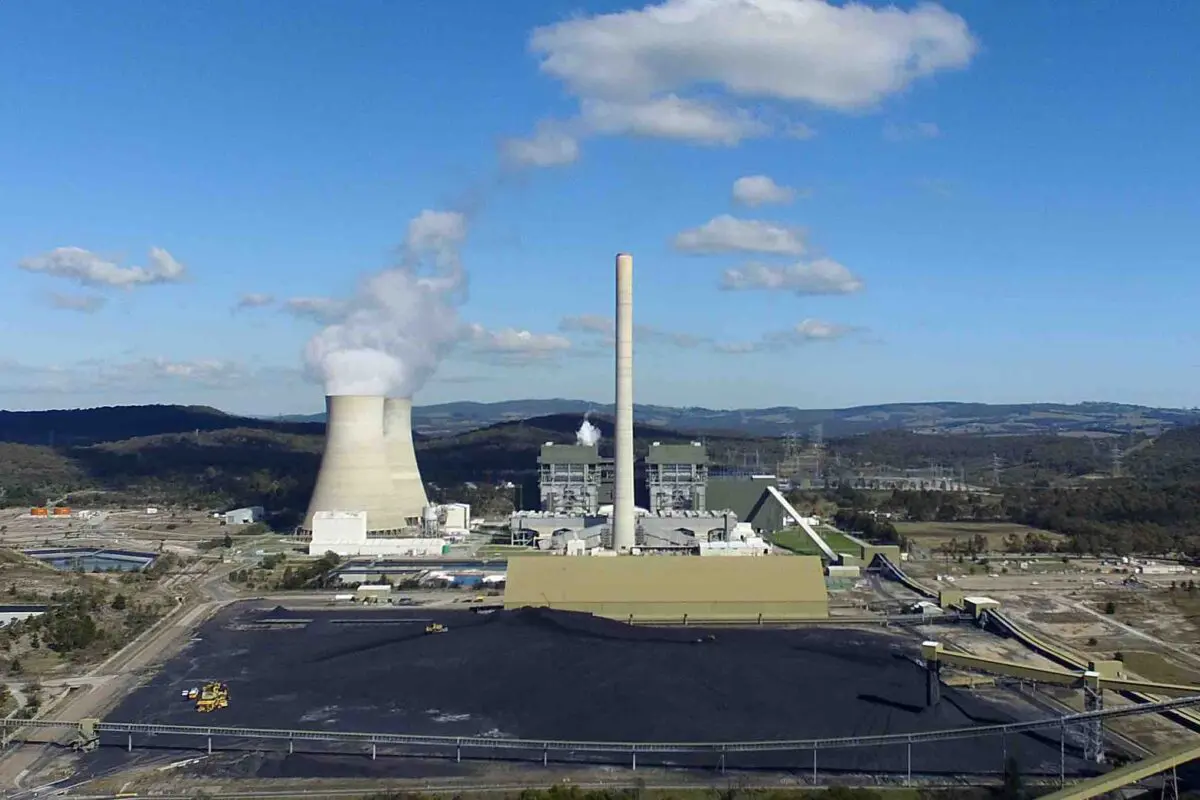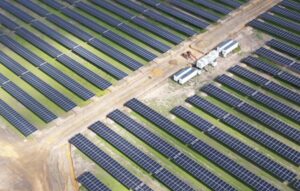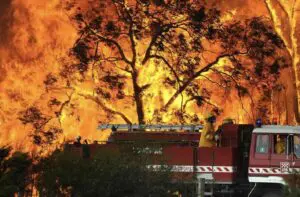Every kilowatt of rooftop solar added to the grid is or will have an impact on the future of coal power in Australia, but right now – in the middle of the energy transition and until more storage is added – it is also having just a big an impact on Australia’s renewable output.
More records tumbled over the past weekend for the levels of curtailment on Australia’s main grid, and NSW – which still pips Queensland for the biggest portfolio of coal power in the country – was the focal point.
According to Geoff Eldridge, at GPE NEMLog, the potential output of renewables in NSW reached 99.8 per cent of native demand just before 11am on Sunday, with a combination of sunny weather and strong winds across most of the state.
Right now, however, that level of variable renewables can’t be allowed to happen, for a combination of technical and economic reasons.
On the technical side, the market operator is still working on the protocols and functionality of managing a grid without fossil fuel generators, and how to replicate the system services normally provided by the spinning machines in coal and gas plants.
The owners of the coal generators also do not want to dial their generators down to zero. They are making them more flexible, and more able to ramp up and down to fit around the output of rooftop solar, and Origin recently secured AEMO approval to dial down the 720 MW capacity generators at Eraring to as low as 180 MW each.
But to keep them going, even at reduced capacity, requires them to bid the wholesale price down below zero to ensure they are dispatched. That then takes out many of the wind and solar farms whose contracts require them to switch off when wholesale prices – including the value of renewable energy certificates – go negative.

This is what appears to have happened on Sunday. Rooftop solar was once again the dominant player in the grid, accounting for some 44.4 per cent of native demand at the time.
That reduced the share of coal in the grid to just under 19 per cent. Two Eraring units were dialled down close to their new allowed minimum of 180 MW, and two were switched off for maintenance.
Only one of two units was operating at Mt Piper, and three of four at Bayswater, with all – including those at the older Vales Point – operating at less than half of rated capacity
But even that also left little room for the large scale wind and solar farms, which accounted for another 19 per cent. Imports accounted for the rest, with prices negative across all states at the time.
Some of the notable milestones was the level of curtailed solar, which hit a NEM-wide peak of more than 5 GW for the first time (5.007 GW versus the previous record of 4.876 GW reached last October). Half of that curtailment came in NSW, which hit a new peak of 2.55 GW of curtailed large scale solar, around two thirds of its total capacity.

Update: NSW was not the only grid experiencing significant amounts of large scale solar curtailment, with Dylan McConnell from UNSW also noting how much was curtailed in South Australia over the weekend.
In that state, there is no coal, and the curtailment comes as a result of insufficient storage or export capacity. The state averaged 97.5 per cent wind and solar (share of state demand) over the last three days. Its annual average is more than 70 per cent and the state is aiming for 100 per cent net renewables by 2027.







